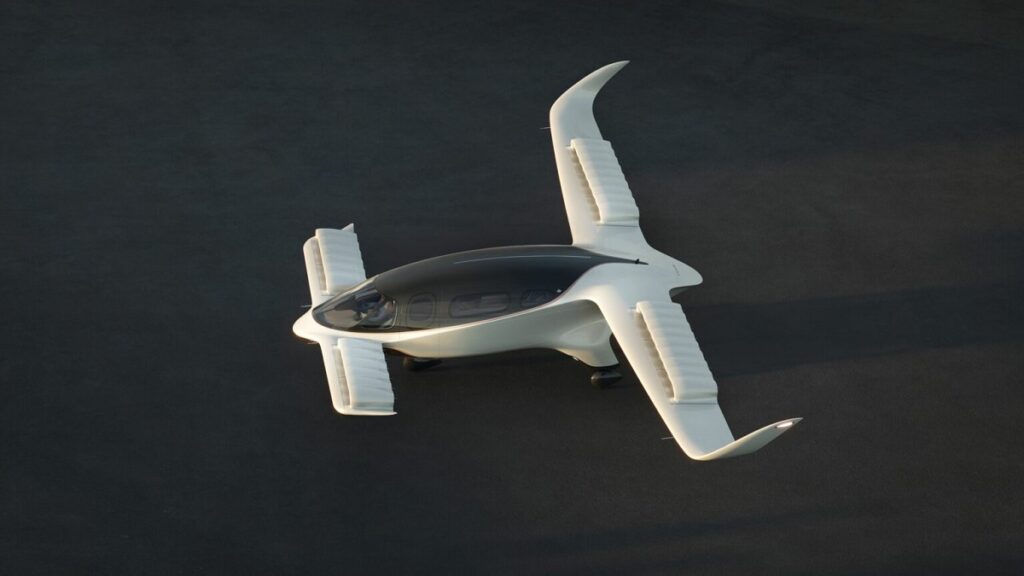German company Lilium, developer of the first electric vertical take-off and landing (eVOTL) aircraft, announced that it has successfully achieved the transition of the main wing of its Phoenix 2 model.
«This is a landmark moment for Lilium and for electric aviation as a whole», the company said. For the first time, it successfully completed a transition test of the aircraft’s main wing from a stationary flight position to a configuration for horizontal flight.
A transition like this has never been completed in flight on a full-size demonstrator aircraft before. It is also one of the biggest hurdles in eVTOL operations.
From an aerodynamic point of view, completing the transition means that the aircraft is able to switch from generating lift solely from the engines (as occurs in the hover phase) to generating lift from the airflow above and below the wing (as occurs during horizontal flight).
Phoenix 2 achieved this throughout the main wing while «remaining stable and behaving as predicted by Lilium’s proprietary Flight Dynamics Model».
Matthias Meiner, Phoenix Chief Engineer and Lilium Co-Founder said that «main wing transition is a huge step forward» and validates the flight dynamics model. «Full credit goes to the outstanding Lilium team who worked so hard to get us here, and who remain laser-focused on the rest of the Flight Test Campaign», he added.
The company is one of hundreds of startups in the eVTOL aircraft market. All of them are pursuing one main goal: to create zero-emission passenger-carrying air vehicles for short-haul urban or regional flights and increase customer accessibility.
The Phoenix 2, unlike many of Lilium’s competitors’ models, uses a series of thirty fans located in the wings and powered by batteries.
See also: Azul Linhas Aéreas and Lilium plan to operate more than 200 electric aircraft in Brazil














